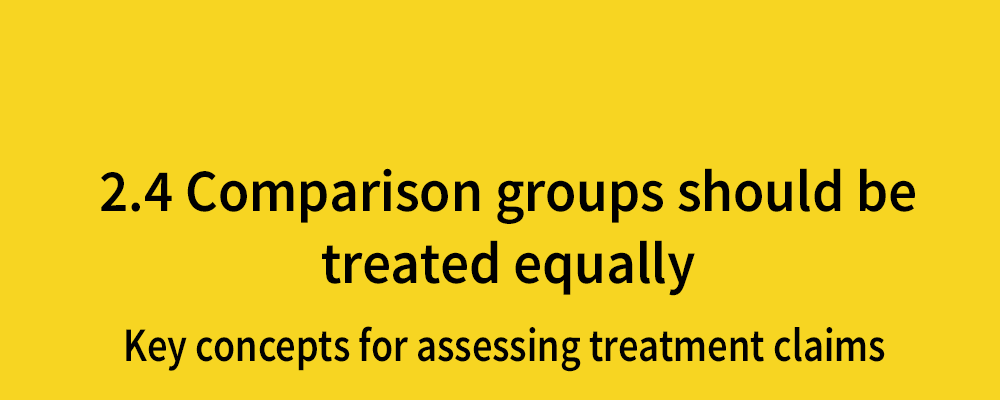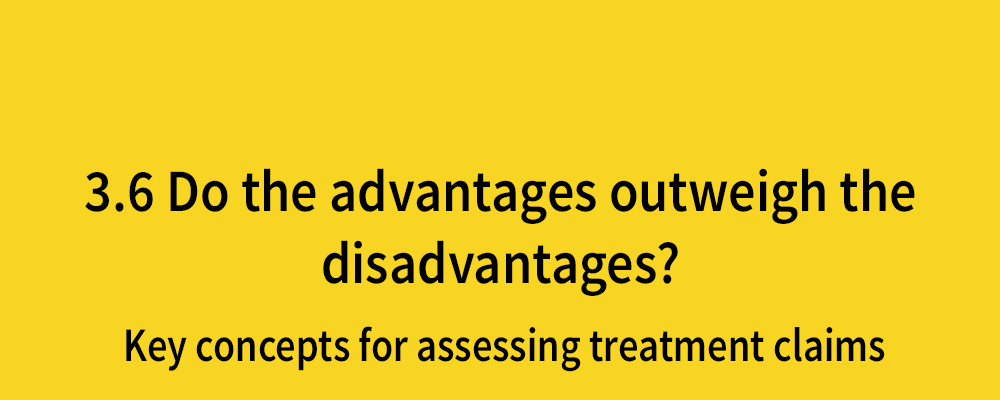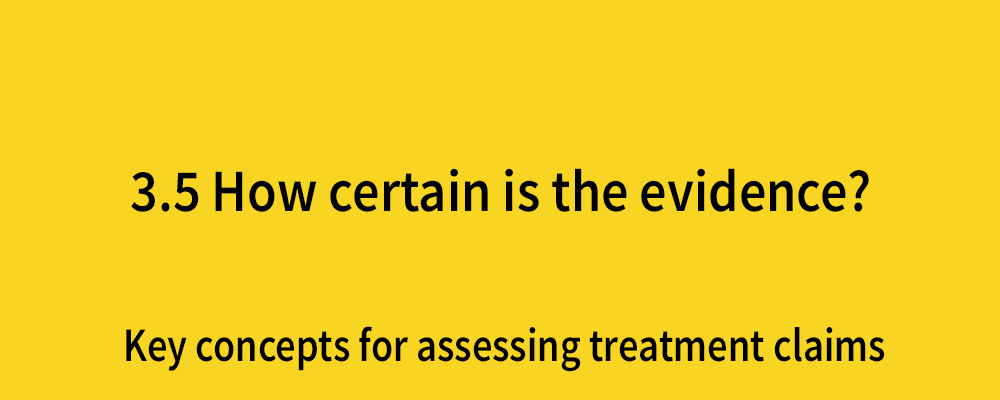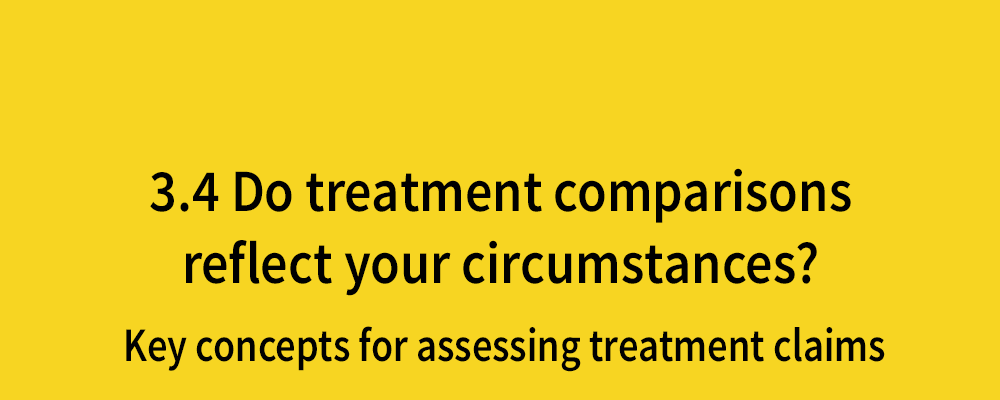Comparison groups should be treated equally
Posted on 20th October 2017 by Jack Leahy

This is the sixteenth blog a series of 36 blogs based on a list of ‘Key Concepts’ developed by an Informed Health Choices project team. Each blog will explain one Key Concept that we need to understand to be able to assess treatment claims.
Imagine we want to discover whether acupuncture is effective for relieving back pain. Let’s construct a trial that will allow us to discover this.
Following on from Key Concept 2.1 (Treatments should be compared fairly), we decide to compare acupuncture against sham acupuncture. Sham acupuncture treatment could involve needles that retract into handles rather than penetrate the skin. This is so that we can know that any treatment effect (beneficial or harmful) is down to true acupuncture treatment, and not another factor.
However, we can only be sure that acupuncture compared to sham is producing a treatment effect if we remove any other factors that may affect a treatment effect. So based on Key Concept 2.2 (Comparison groups should be similar) we make sure that patients are randomly allocated to either acupuncture or sham arm. Crucially, the next step we must take to ensure that we can conclude that any effect we see is from acupuncture compared to sham, is to treat each comparison group equally in as many ways as possible.
By treating each group equally, we can conclude that any treatment effect is due to the intervention (true acupuncture ) and not down to any variation in care. For example, let us instead of comparing acupuncture to sham treatment compare acupuncture to a control group of people on a back pain waiting list. Any differences in outcomes could be due to differences in the amount of attention each group received rather than due to the treatment. We may find that any effects we detect would disappear when we use sham treatment to ensure similar levels of care and attention.
One way of preventing different levels of care between the two arms of the trial is to keep providers unaware (“blind”) of which people have been allocated to which treatment. Using retracting needles that are indistinguishable from real needles, providers will give each group similar levels of care and attention.
Implication
Be cautious about relying on the results of treatment comparisons if people in the groups that are being compared were not cared for similarly (apart from the treatments being compared). The results of such comparisons could be misleading.




